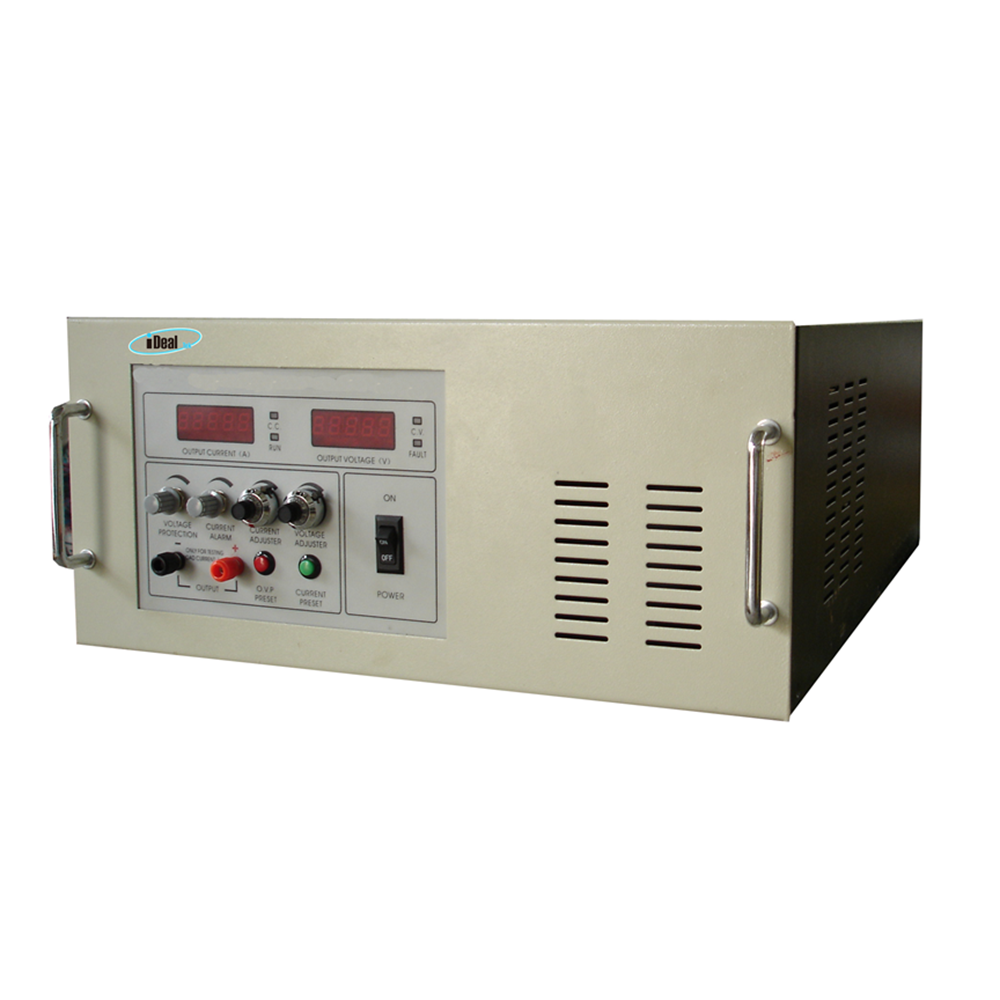In the protocol stack, the transport layer enables logical communication between processes on different hosts, while the network layer enables logical communication between the hosts themselves. This distinction might seem small, but it plays a crucial role in how data is managed and delivered across a network. To help clarify this, let’s use a family analogy to illustrate the difference:
Imagine you have two houses—one on the east coast and one on the west coast—each with 10 children. These children are cousins, and they enjoy writing letters to each other every week. Each child sends a letter to all 10 of their cousins, resulting in 100 letters per house each week. The letters are sent through an old-fashioned postal service, with envelopes handled by a designated child in each house.
In the West Coast house, Ann is responsible for collecting and sending the letters, while on the East Coast, Bill does the same. When the letters arrive, Ann distributes them to the kids, and Bill does the same on his end. From the perspective of the cousins, Ann and Bill act as the mail handlers, even though they are just part of the end-to-end delivery process.
In this example, the postal service represents the network layer—it handles the delivery of mail between the two houses, not between individuals. On the other hand, Ann and Bill represent the transport layer—they manage the collection and distribution of mail within each house, ensuring that each cousin receives the correct letters.
This analogy helps us understand the relationship between the network and transport layers: the network layer focuses on host-to-host communication, while the transport layer ensures process-to-process communication. Just like Ann and Bill don’t handle sorting or routing at postal centers, the transport layer doesn’t manage how data moves between network layers—it only deals with the endpoints.
Now, suppose Ann and Bill go on vacation, and Susan and Harvey take over the mail duties. Unfortunately, their service isn’t as reliable. They might miss some letters or deliver them late. This shows how different transport protocols can offer varying levels of service, just like how different systems can support different transport layer implementations.
Moreover, the performance of Ann and Bill is also constrained by the postal service. If the postal service doesn’t guarantee a maximum delivery time, Ann and Bill can’t promise timely delivery either. Similarly, the transport layer is limited by the capabilities of the network layer below it. If the network layer can’t ensure certain delays or bandwidth, the transport layer can’t provide those guarantees either.
In summary, the transport layer and the network layer work together but serve distinct roles. Understanding this distinction is essential for grasping how data is efficiently and reliably transmitted across networks.
Linear Power Supplies
LVLP series Linear Power Supplies are DC Power Supplies that achieve AC/DC conversion through power frequency transformers and transistor loop control. Compared with switching DC power supplies, linear mode power supplies have higher stability, higher accuracy, and lower output ripple. And the most important, because of the use of the power frequency AC/DC conversion principle, the linear power supply does not have high-frequency radiation interference, and is especially suitable for use in places with restrictions on EMC and EMI.
The LVLP series linear AC - DC power supplies have a wide range of output specifications, the output power ranges from 1KW to 400KW, and the output voltage can reach up to 800VDC, and accept customization.


The whole series DC linear power supply adopts industrial-grade metal chassis, pure copper AC/DC varnished transformer, high-reliability multi-transistor filter loop, ensuring the power supplies can run for a long time at full load with high stability, high accuracy, and ultra-low ripple electronic characteristics, equipped with a complete protection circuit, which can better ensure the reliability of the linear power supply itself and the safety of the customer's load.
The output voltage and current can be adjusted by the 10-turn potentiometer with scale and lock on the front, equipped with 4 1/2-digit high-resolution LED meters for output value reading, and RS communication interface can also be added for remote control and monitoring of linear power supplies.
This series of linear power supplies are mainly used for aging and testing of components such as capacitors, relays, and resistors, and can also be used for experimental testing of electronic components such as thermistors and motors. At present, many well-known capacitor manufacturers, resistor factories and other electronic component production units and scientific colleges and universities and other research and development units use this series of power supplies, and they have all been highly praised.
Linear DC Power Supplies, Linear AC - DC Power Supplies, DC Linear Power Supplies, AC - DC Linear Power Supplies, Linear AC DC Supplies
Yangzhou IdealTek Electronics Co., Ltd. , https://www.idealtekpower.com

